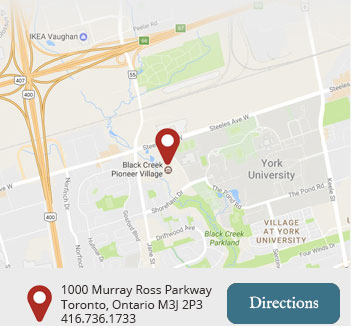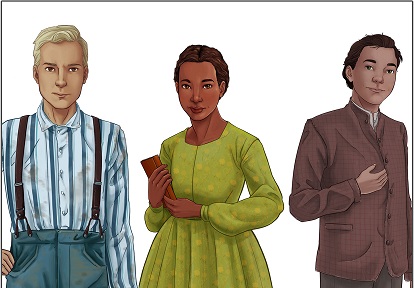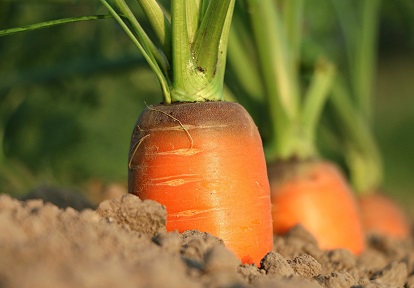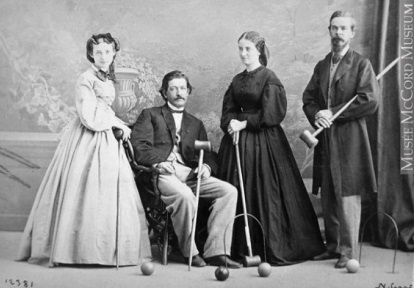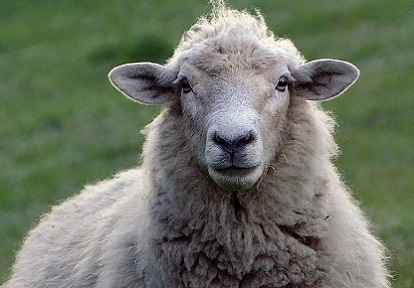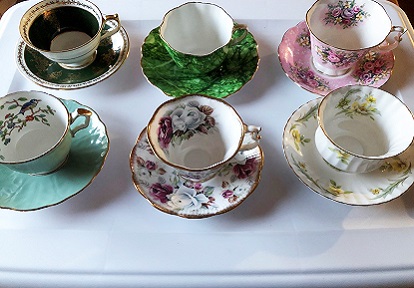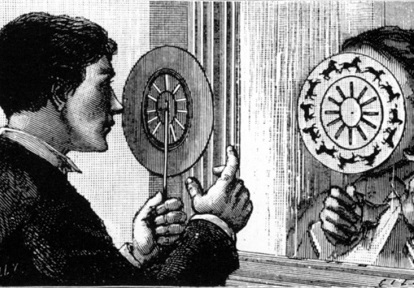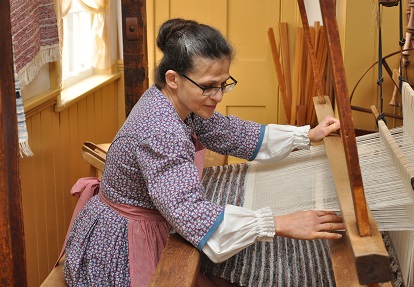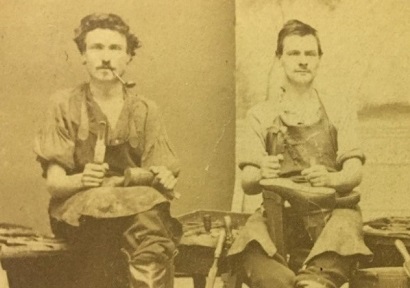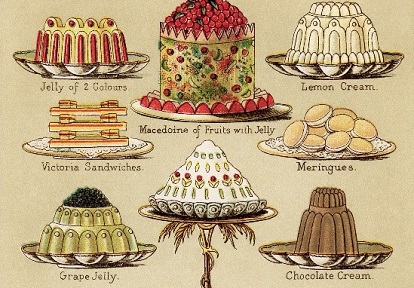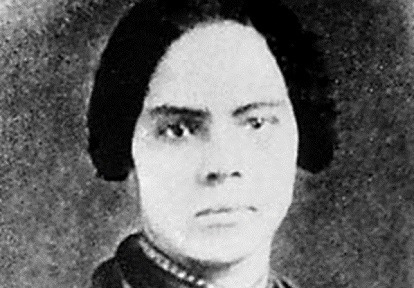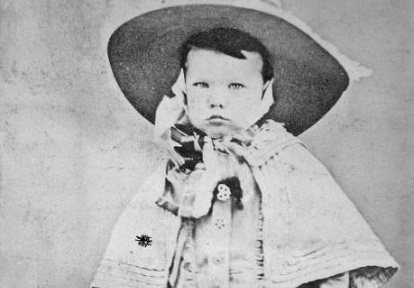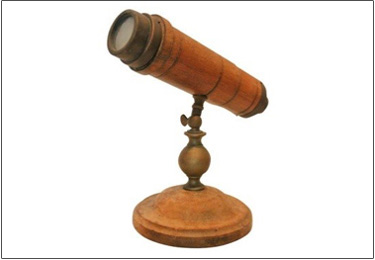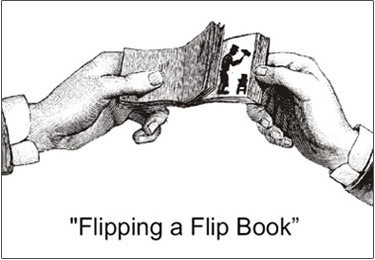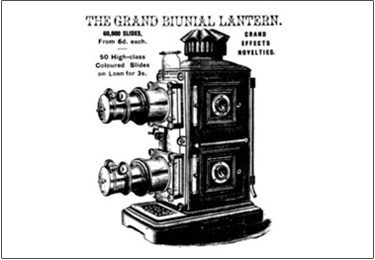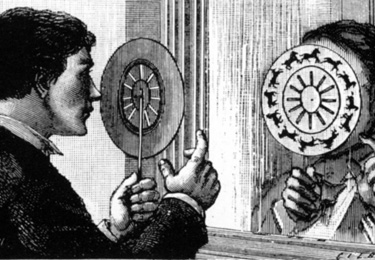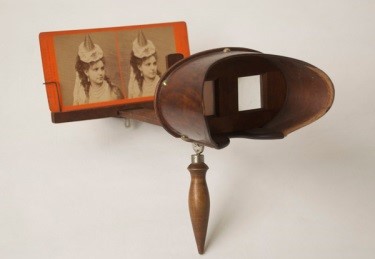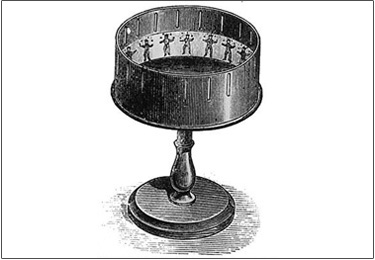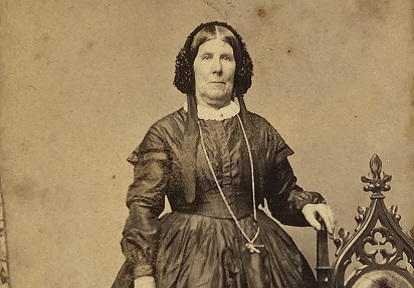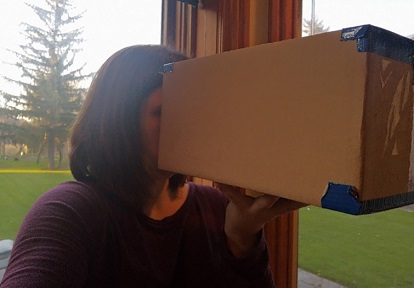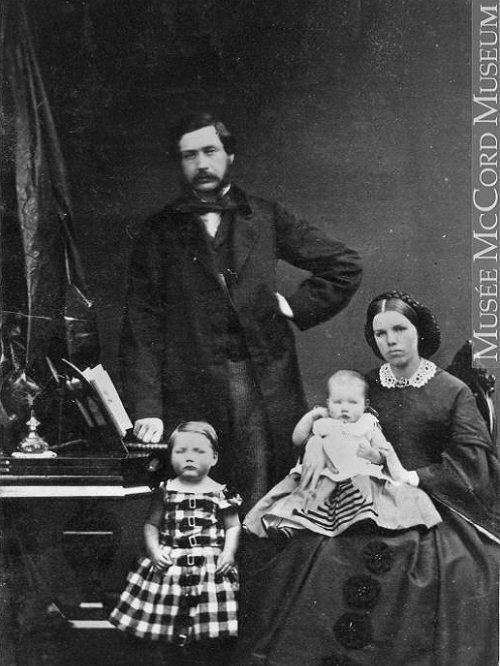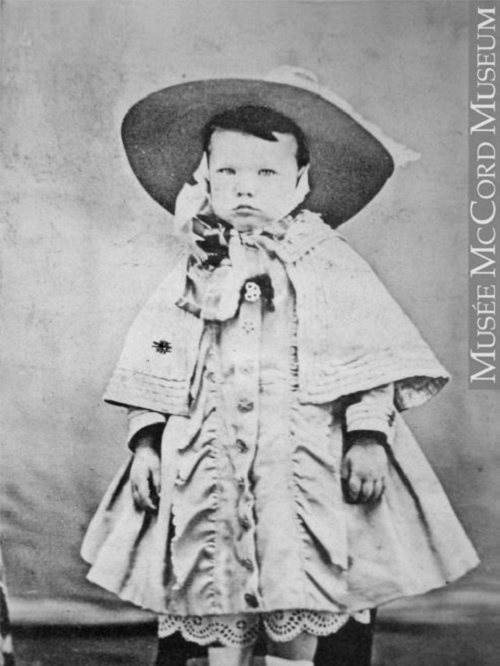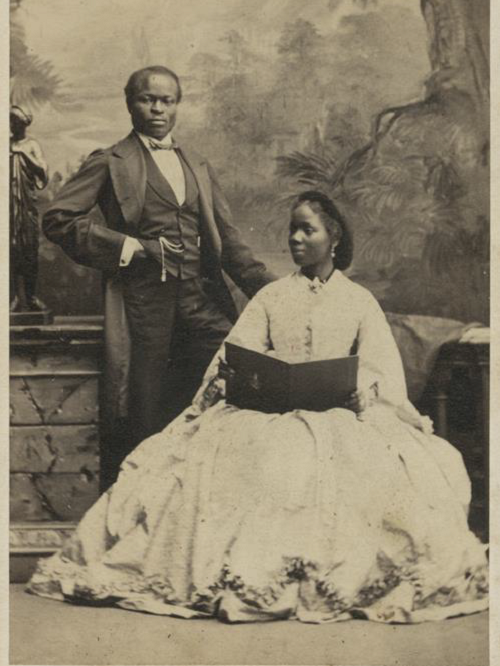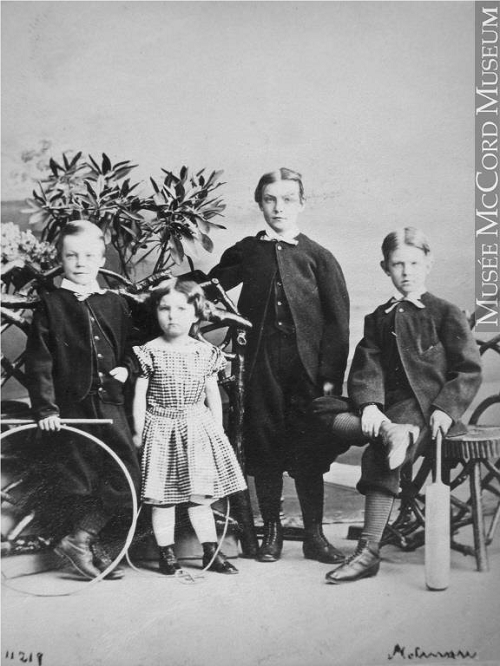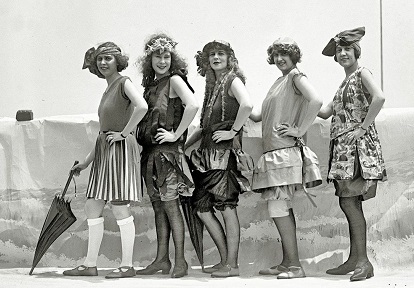Introducing The Village at Black Creek’s
History at Home Series!
Are you a teacher looking for resources to engage your class? Or a parent teaching your children at home? These self-contained online learning lessons are ready to share with students and can be completed at home.
We hope that these fun-filled lessons, linked to the social studies curriculum, will give you a virtual taste of The Village at Black Creek.
Ask Us Anything!
Do you enjoy these lessons? Are there other kinds of online learning resources you’d be interested in? Email us at village.info@trca.ca and let us know!
Got a question about life in 19th century Ontario? Send in your questions via email or social media and an educator will get back to you within 24 hours, Monday to Friday. We’re here to help!
Connect with us on Social Media
Stay in touch by following The Village on Facebook, X, and Instagram! We post daily, sharing photos of our animals and trivia about the 19th century, as well as crafts and activities you can do from home.
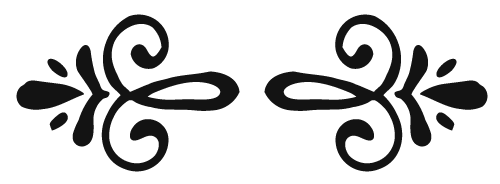 |
Lesson Topic: Farm Animals
The Village at Black Creek is home to many farm animals. The animals we have at The Village are just like the ones farmers in Ontario had more than 150 years ago.
At The Village at Black Creek, we teach visitors how farmers in the past cared for and used animals for transportation, food, clothing, and work.
Most important, we protect and care for our very special farmyard friends!
Watch this video to learn about our flock of Border Leicester sheep!
ACTIVITY 1
These pictures show the different ways we care for our animals at The Village. Take a look and answer the questions below.
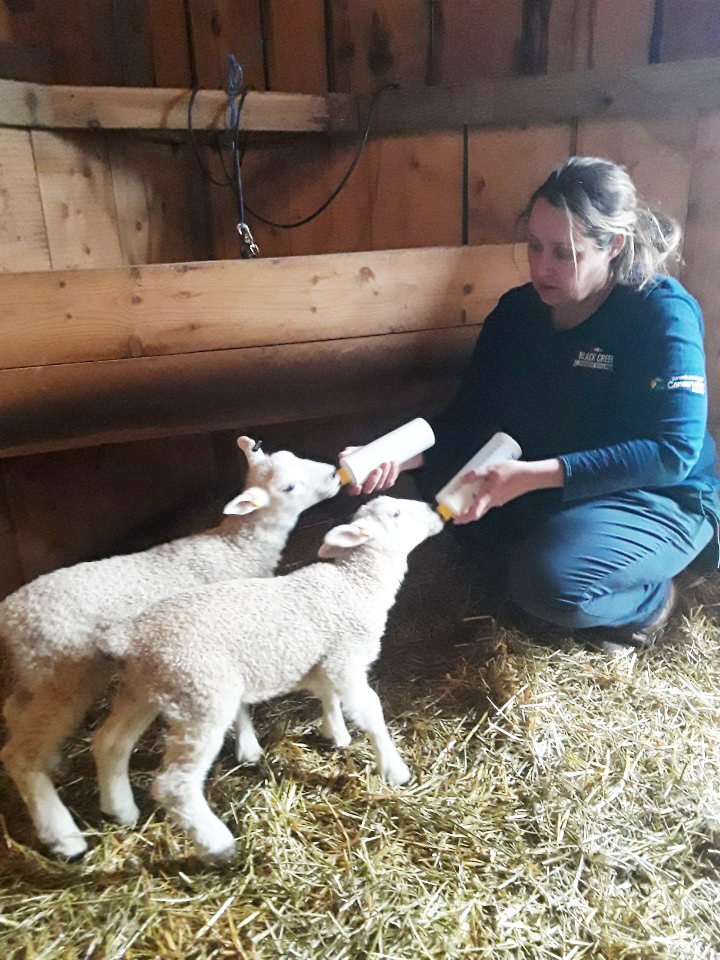
Every spring brings new lambs. We make sure they get enough to eat!
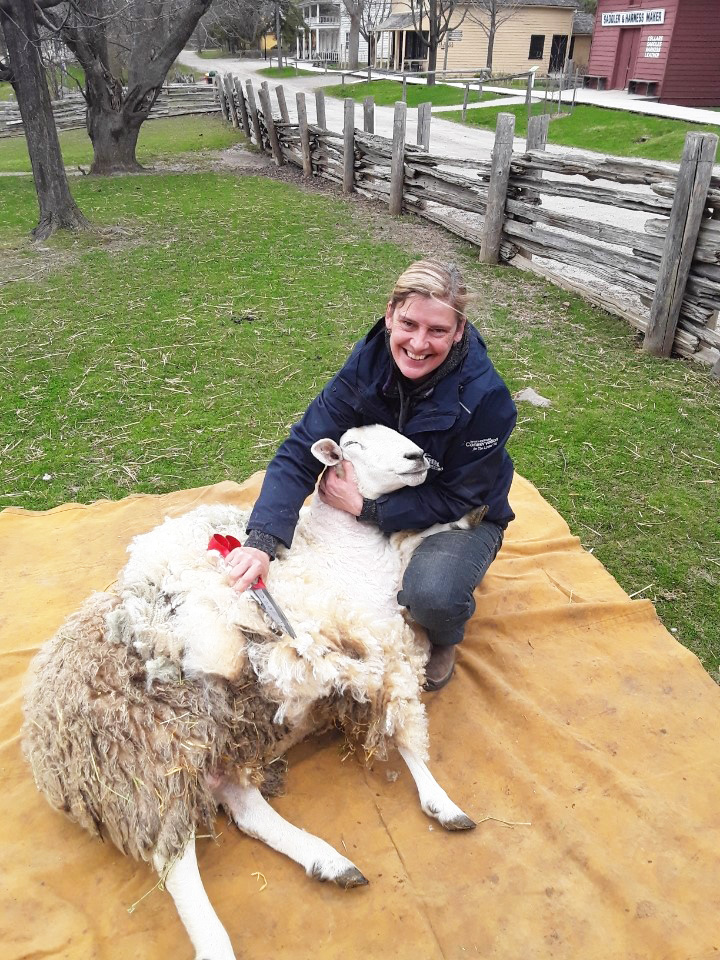
In spring we shear our sheep. This means we trim their wool — just like getting a haircut!
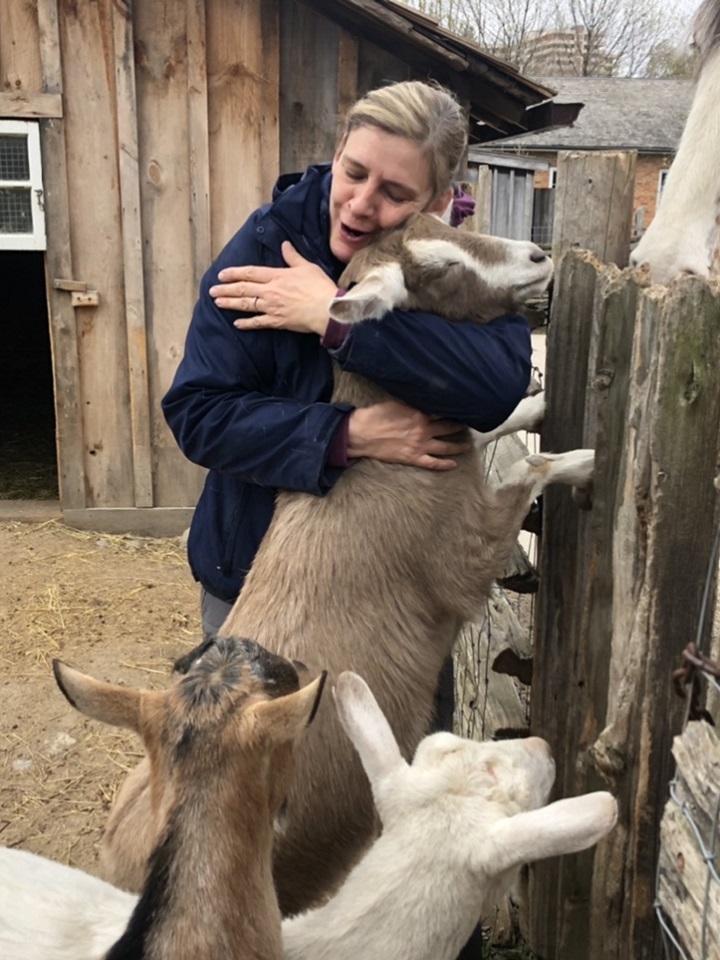
Like people, animals need love and affection. Our goats love attention!
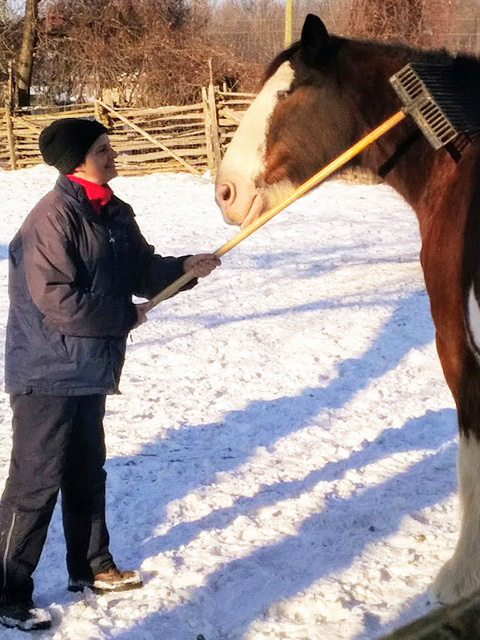
Our Clydesdale horses are named Integra and Ross. We keep them clean by brushing their manes.
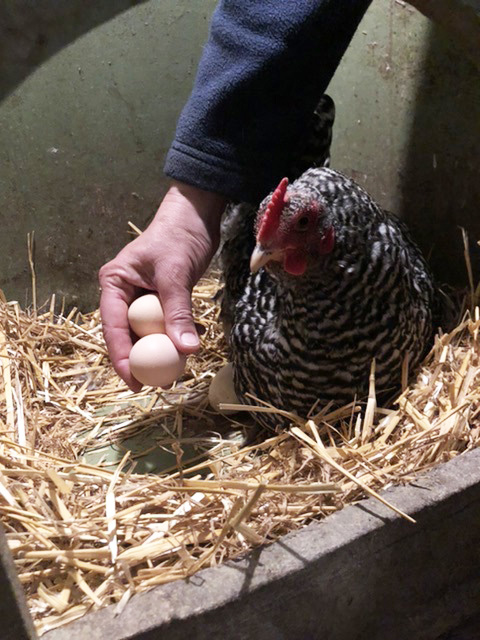
At The Village we have chickens, ducks, geese, and guinea fowl. We help them hatch their chicks by keeping the eggs warm and protected.
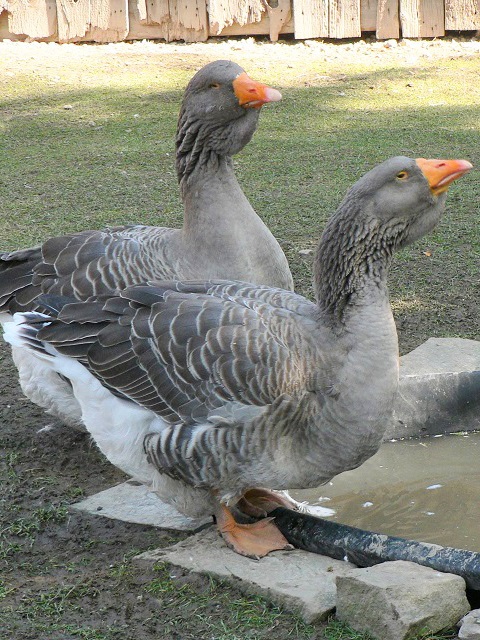
All of our feathered friends get plenty of water and space to roam. Pictured here are Toulouse
geese.
QUESTIONS
1. Do you have a pet? How do you care for it? List the ways or draw a picture to show how you care for your pet.
– or –
2. If you don’t have a pet, think about how you can care for and protect animals in the wild. List the ways or draw a picture.
We want to see what you’ve created! Ask your parents or teachers to send photos to village.info@trca.ca or post them on social media using the hashtag #villageathome.
ACTIVITY 2
Now that you have learned some of the ways we care for our animals, try this! Match the animals to the ways they help humans.
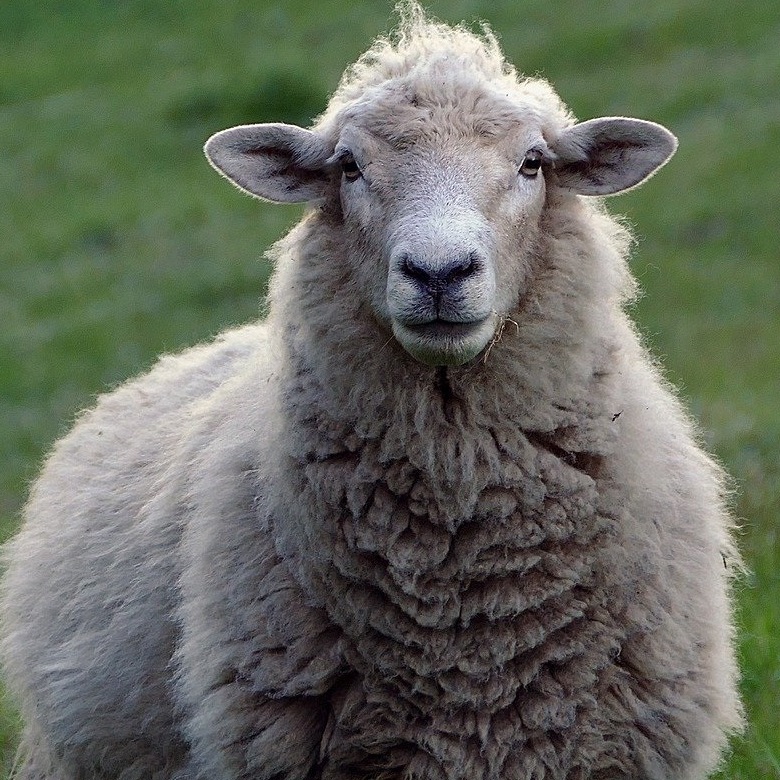 1. Sheep |
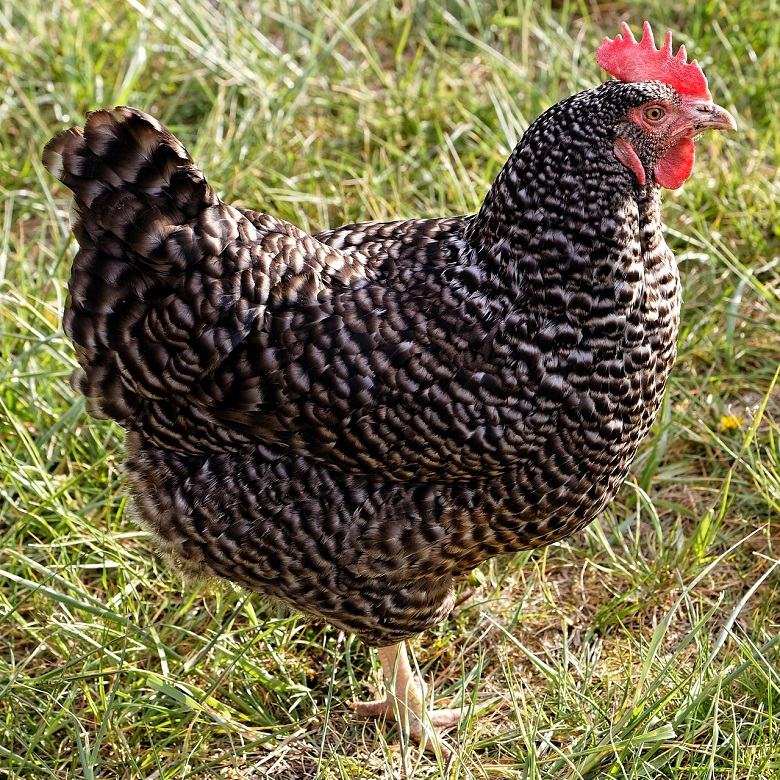 2. Chicken |
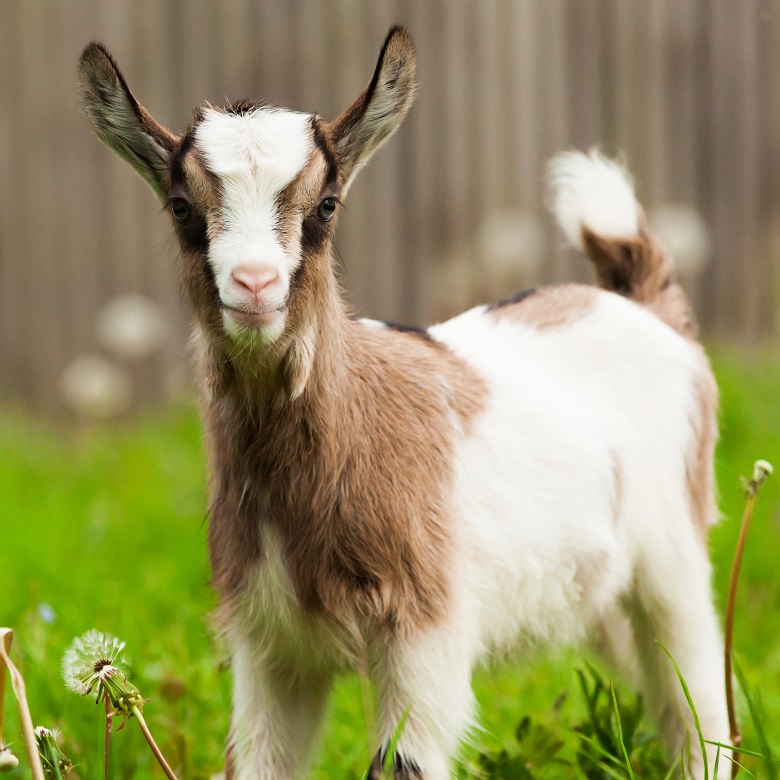 3. Goat |
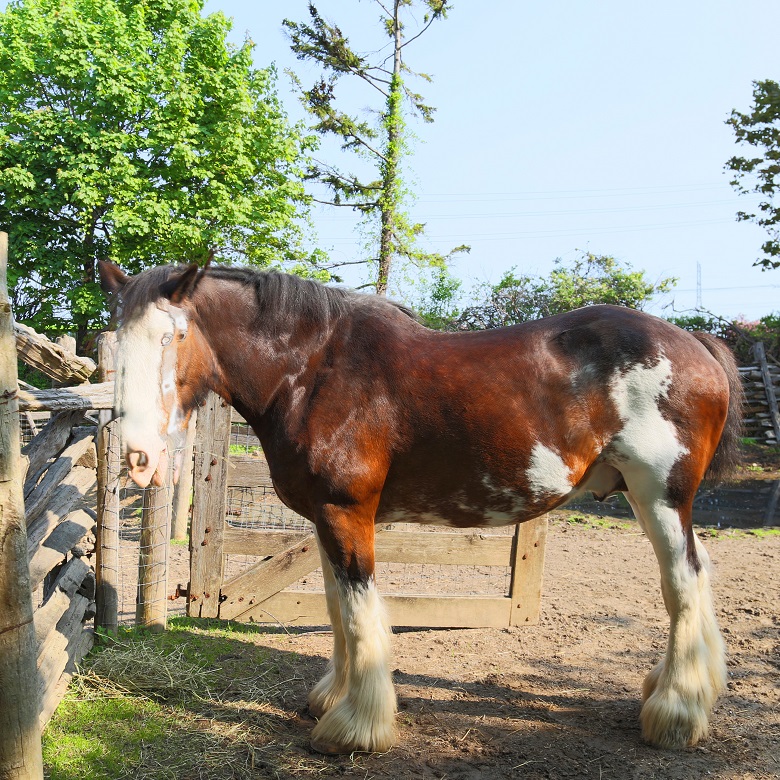 4. Horse |
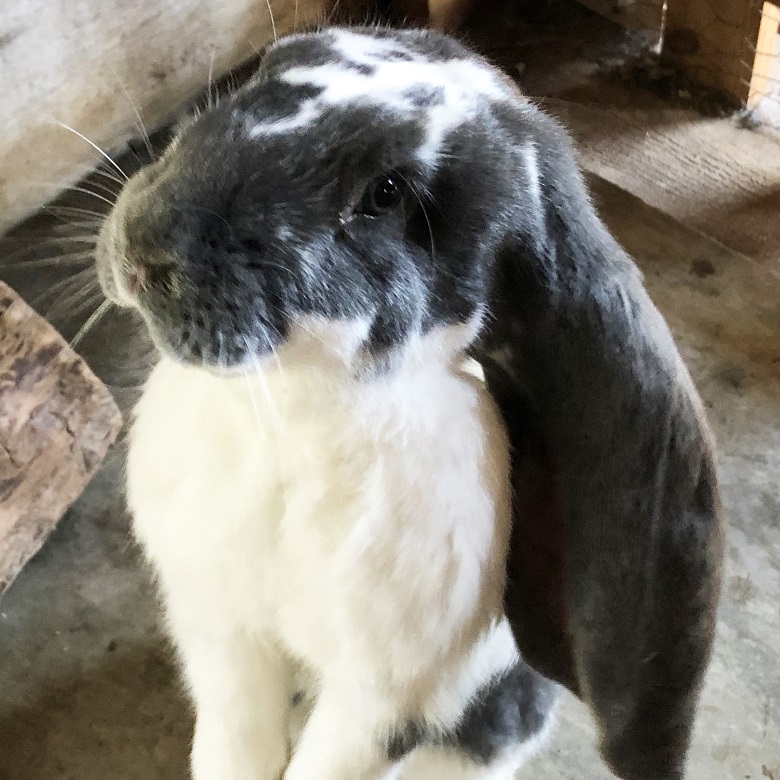 5. Rabbit |
 a. Love |
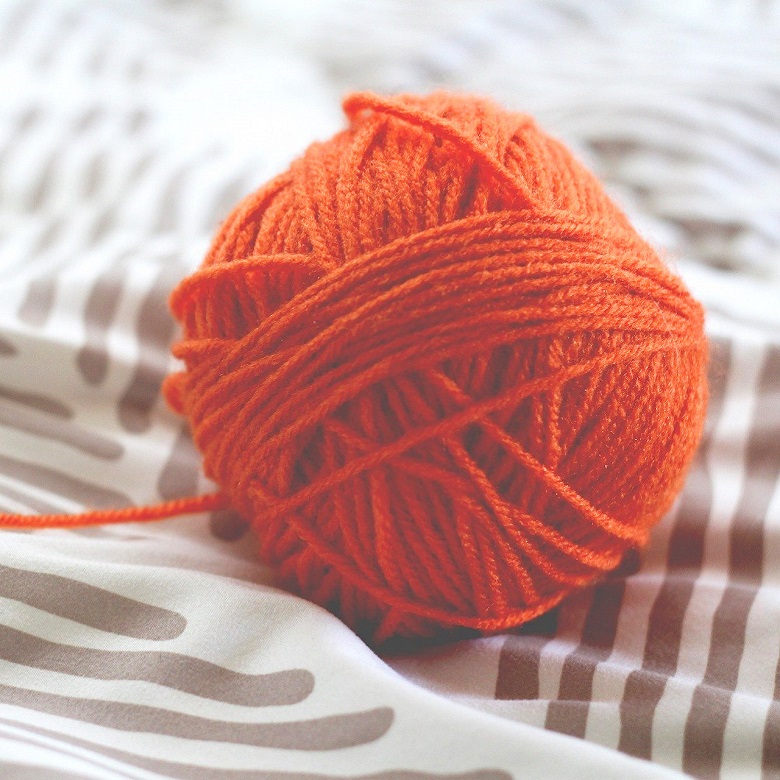 b. Wool |
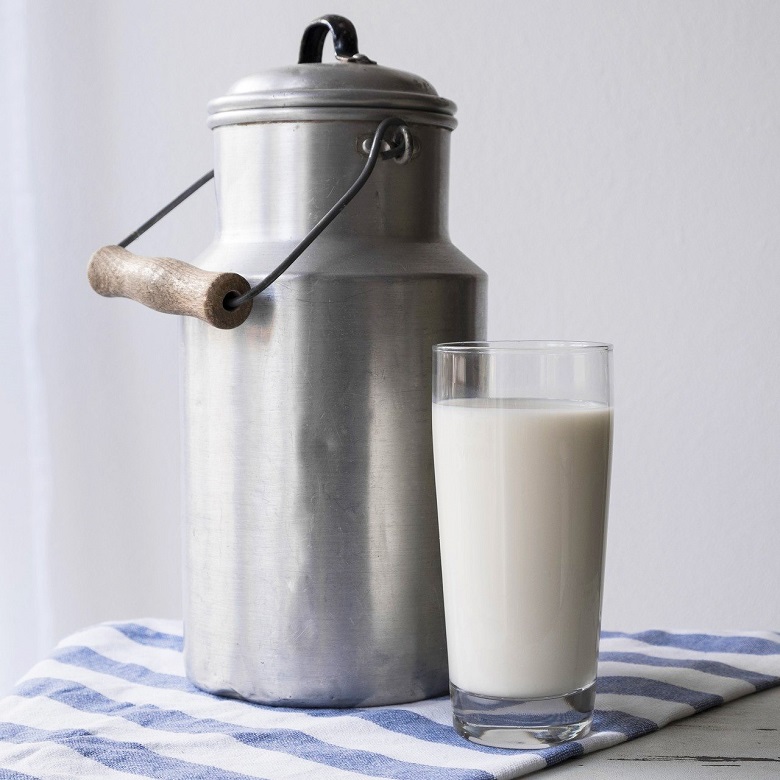 c. Milk |
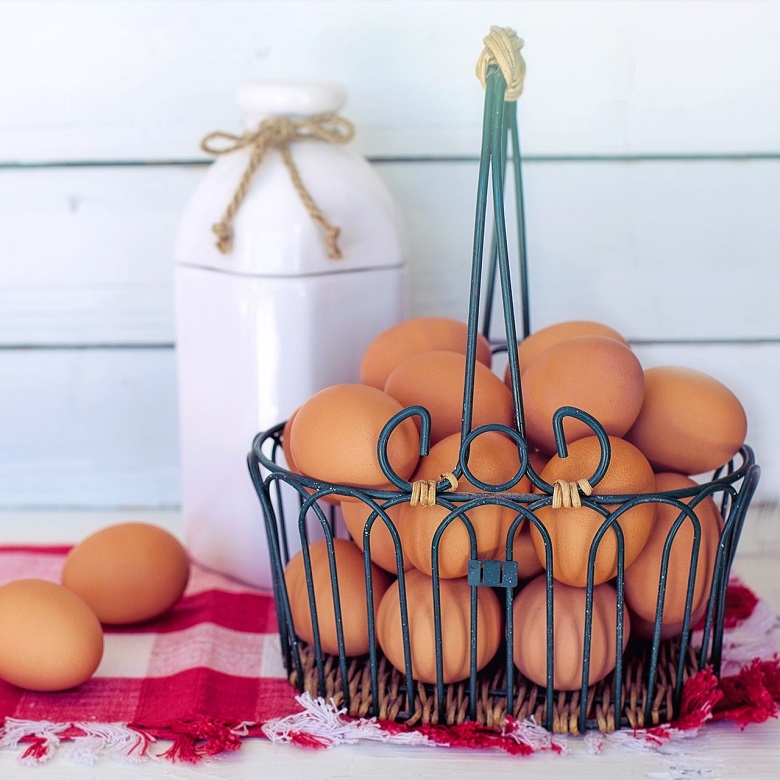 d. Eggs |
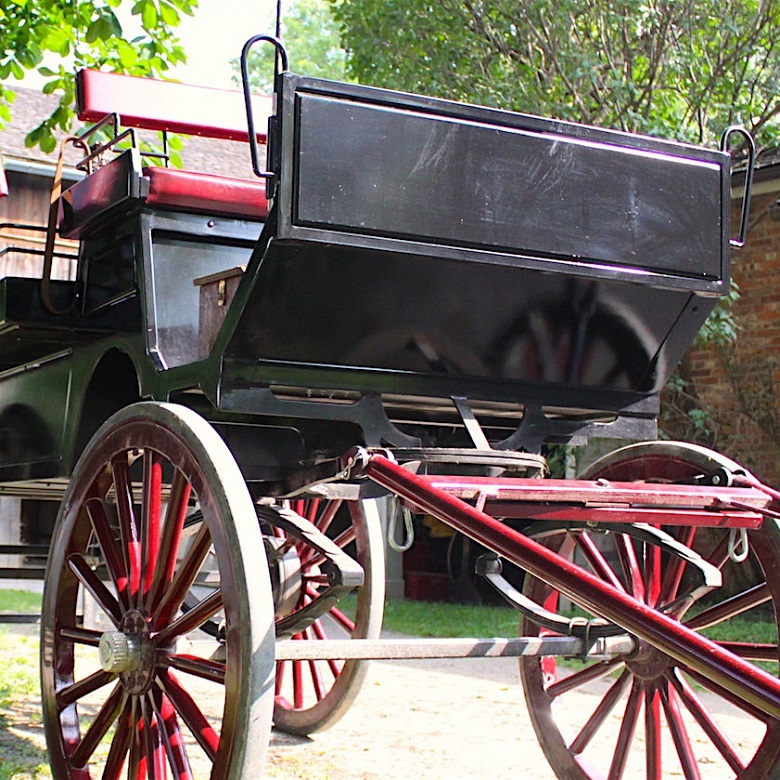 e. Wagon |
Highlight the text box to reveal the answers!
1 = b: Sheep give us wool. We use it to make warm clothing such as mittens, hats, and scarves.
2 = d: Chickens give us eggs to eat. Children on farms long ago would help to gather eggs.
3 = c: Many people enjoy goat’s milk. It is used to make special cheeses like feta. Have you ever tried it?
4 = e: Long ago, horses would pull wagons, sleighs, and ploughs. Have you been on a horse-drawn wagon?
5 = a: Rabbits make great, loving pets. Do you have a pet rabbit? What pet do you have at home that gives you love?
FOR TEACHERS: CURRICULUM LINKS
Kindergarten
- Belonging and Contributing (22.1, 25.3, 28.2, 29.3)
Science & Technology
- Needs & Characteristics of Living Things (Grade 1)
- Growth & Changes in Animals (Grade 2)
Social Studies: Heritage & Identity
- Our Changing Roles & Responsibilities (Grade 1)
 |
Lesson Topic: Create Your Own Exhibit
Do you have a special collection? You probably do!
What is a Collection?
A collection is a group of objects that tell a story.
What is an Example of an Object?
An object can be a photograph, a map, a ticket stub, furniture, clothing, jewelry, books, or magazines — to name just a few possibilities!
What is an Exhibit?
An exhibit is a way of displaying your collection to others.
Why Do People Collect?
Research tells us that people collect because they feel an emotional connection to the object.
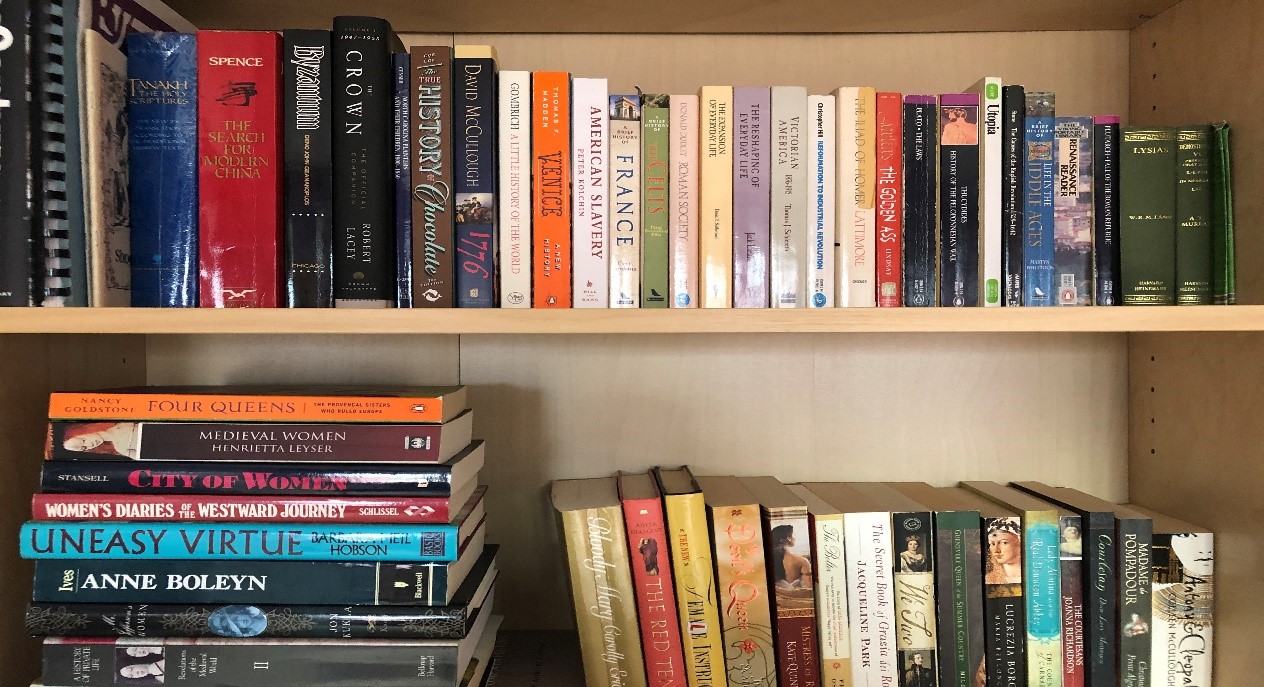
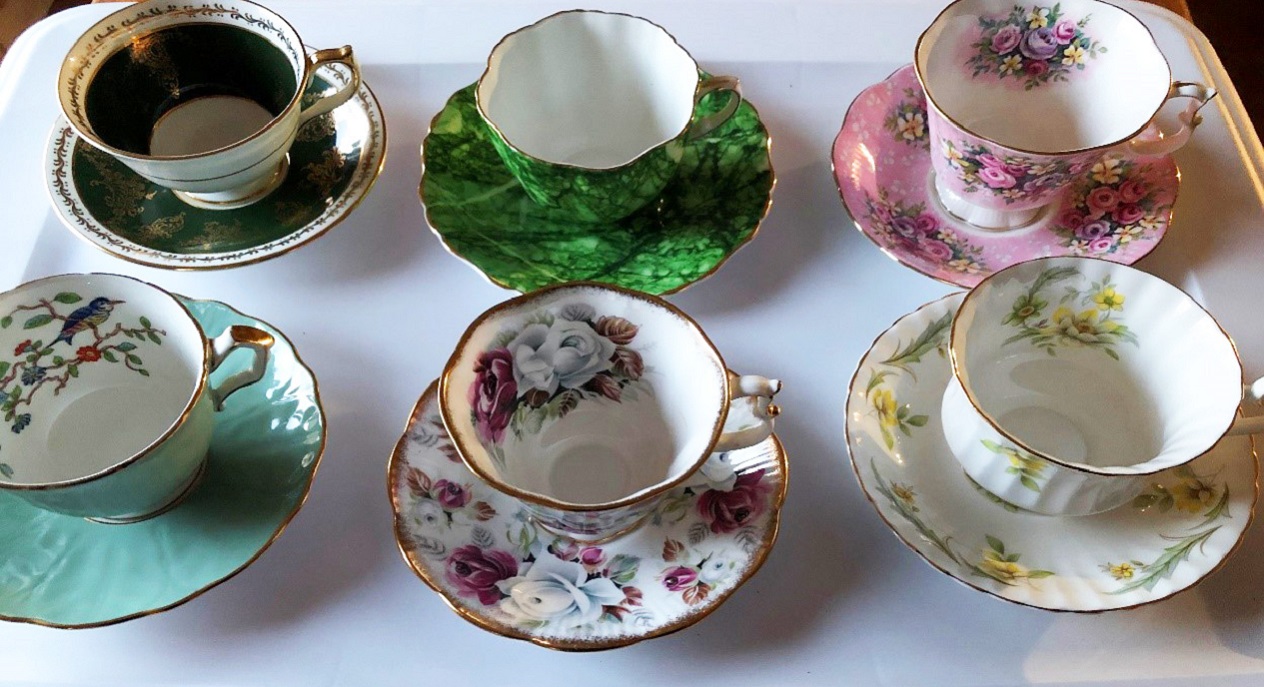
Above left: collection of non-fiction books on historical topics; above right: collection of vintage teacups
If the contents of your nightstand ended up in a shoebox, what story would a museum one hundred years from now tell about you?
At The Village at Black Creek, we create exhibits from collections of 19th-century objects to help visitors understand what life was like for different communities in Canada’s past.
ACTIVITY
Create an exhibit to display a collection of your own! Our Create Your Own Exhibit page is a great place to learn about collections and exhibits in museums. You’ll find suggestions there for putting together your exhibit.
- Grade 2: Create an exhibit that tells us about one of your family traditions or celebrations (for example, a religious event, or something you do on a regular basis with your family such as a game night).
- Grade 3: Create an exhibit that tells us about one aspect of your life that is important to you (for example, the clothing you like to wear, an activity or sport you play or follow, a subject in school you enjoy, or a favourite animal).
- Grade 6: Create an exhibit about a significant event in your life (for example, a holiday, a challenge you have faced, or the experience of getting a new pet).
- Grade 8: Create an exhibit about a topic or event you feel strongly about (for example, women’s rights, the treatment of animals, or climate change).
When you have completed your exhibit, answer the following questions:
- What do you hope people will learn about you by looking at your exhibit?
- What can you learn about people in the past through their collections?
- Check out our exhibits on 19th century Photography and the story of the Flynn family. What do these exhibits tell us about life in mid-19th century Ontario?
Share your exhibit with us! Ask your parents or teachers to send photos to village.info@trca.ca or post them on social media using the hashtag #villageathome.
FOR TEACHERS: CURRICULUM LINKS
Social Studies: Heritage & Identity
- Changing Family and Community Traditions (Grade 2)
- Communities in Canada, 1780-1850 (Grade 3)
- Communities in Canada, Past and Present (Grade 6)
History
- Creating Canada, 1850-1890 (Grade 8)
 |
Lesson Topic: Optical Toys
The 1800s were a time of amazing scientific discovery and innovation. So many things we take for granted today were first discovered or invented in the 19th century: engines, telephones, electric light, cameras, and more!
The invention of the camera was made possible by scientists who studied light and vision — a branch of science called optics.
Developments in science and technology were used not just to develop useful tools and machines, but also toys and games — just as they are today!
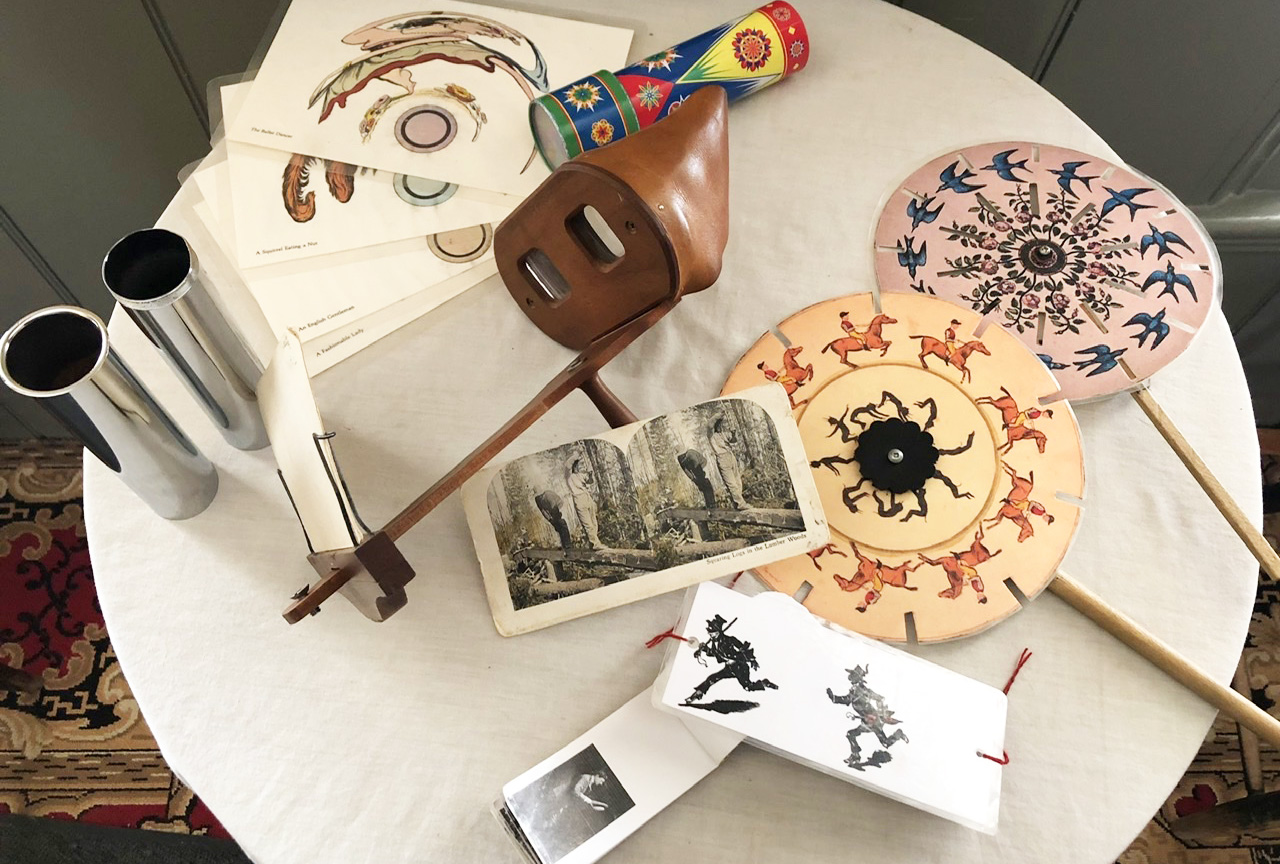
19th CENTURY ‘VIDEOGAMES’
These optical toys of the 19th century took advantage of how we see light, colour, and motion to trick our eyes and make still images appear to move, or make two-dimensional images appear 3D.
Photography, animation, and movies all started with the invention of these optical toys. They were, essentially, the video games of the 19th century.
ACTIVITY 1: MAKE YOUR OWN OPTICAL TOY!
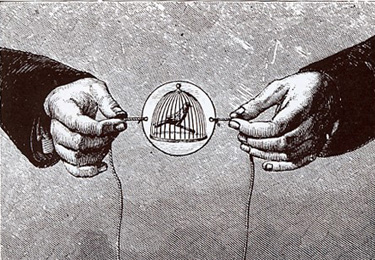
A thaumatrope (pronounced tho-ma-trope) is a simple toy consisting of disc with a different picture on each side. When you spin the disc the two images combine into one.
For example, a bird might be drawn on one side, and an empty cage on the other. When you spin the disc (as in the accompanying illustration), the bird appears to be in the cage!
The thaumatrope was invented in 1825 by an English doctor named John Ayrton Paris. It was the first toy to use the theory of the persistence of vision, which is a complicated way to say that that the human eye can hold an image for a few milliseconds.*
It’s easy to make a thaumatrope using just a few common household items. LEARN HOW TO MAKE ONE OF YOUR OWN.
*This theory was disputed as early as 1868. The new theory was that it wasn’t the eye that make the images appear to blend together, but the brain remembering the image!
ACTIVITY 2: TRICKY NAMES FOR TRICKY TOYS!
John Ayrton Paris, the inventor of the Thaumatrope, published a book in 1827 to teach children about science through toys and games.
Optical toys were considered quite educational. They helped children to learn about how we see things (perception), and how the brain processes what we see.
The makers of these types of toys gave them long, complicated names, often in Greek or Latin, to drive home the educational nature of the toys!
Can you pronounce the names of the following toys? Give it a try!
So What Did These Toys Do?
| Kaleidoscope (pronounced kal-EYE-doe-scope) A toy consisting of a tube containing mirrors and pieces of colored glass or paper, whose reflections produce changing patterns that are visible through an eyehole when the viewer rotates the tube. |
| Kineograph (pronounced kin-NEE-oh-graph) This toy, also called a “flip book”, is a book of images, each one showing a progression of some sort of action. When you run a thumb across all the pages, quickly flipping through them, the pictures blur together, making it look like the figure is moving. Common flip books showed flowers growing, horses running, jack-in-the-boxes, and birds flying. |
| Laterna Magica (pronounced lah-ter-na mah-jick-ah) This toy, also called a “magic lantern”, is a an early projector, similar to a slide projector. Images were painted onto glass plates and projected on blank walls, often as the backdrop for storytelling. The magic lantern was first invented in the 17th century, using candles, and later oil lamps, as the source of illumination. In the 1860s, an early type of electric lighting, called an arc lamp, was used to light up magic lanterns. This was replaced with the incandescent light bulb when the latter was developed late in the 19th century. After cameras were introduced in the first half of the 19th century, magic lanterns would be used to project photographs. |
| Phenakistoscope (pronounced fin-ah-kiss-toe-scope) Like the kineograph and the zoetrope, the phenakistoscope made images look like they were moving! This toy was a disc attached to a stick with a pin. Figures representing a moving object were arranged around the edge of the disc. The viewer had to look through slits in the disc into a mirror while spinning it; the reflection in the mirror would have the illusion of movement. |
| Stereoscope (pronounced stair-ee-oh-scope) This device makes an image appear in 3D! When two photographs of the same subject, taken at slightly different angles, are seen at the same time through the lens, the image appears to have depth. That is to say, it makes 2D images appear as 3D. A later version of the stereoscope that was popular in the 20th century was the View-Master. (Kids, ask your parents — they probably had one!) |
| Zoetrope (pronounced zoe-ah-trope — “zoe” rhymes with sew) This was another toy like the phenakistoscope and the flip book that made images appear to move. The zoetrope featured cylinder with slits all around it, and a series of pictures on the inner surface. To make the images move, the viewer had to look through the slits and spin the cylinder on its stand. |
Optical toys were popular because they allowed the player to WATCH something happening, and in some cases actually MAKE it happen.
QUESTIONS
Read through the descriptions of optical toys above and answer the following questions:
- Which of the optical toys are ones that you only watch?
- Which optical toys give you control of what happens?
- Which one do you like best? Why?
ACTIVITY 3: FROM YESTERDAY TO TODAY
The optical toys of the 19th century were based on scientific discoveries and inventions — advances that led to the creation of technologies we have today.
Match the optical toy (first column) to the modern invention (second column) that is based on the same scientific principle.
- Stereoscope
- Laterna magica (Magic lantern)
- Kineograph (Flip book)
- Stop motion animation
- 3D movies
- Projectors
Highlight the text box to reveal the answers!
QUESTIONS
What does the development of optical toys tell us about everyday life in the mid-19th century?
GO DEEPER!
The development of optical illusion toys is linked to advances in photography. Learn more by exploring our new online photography exhibit.
Interested in creating more optical illusion toys?
FOR TEACHERS: CURRICULUM LINKS
Social Studies: Heritage & Identity
- Changing Family and Community Traditions (Grade 2)
- Communities in Canada, 1780-1850 (Grade 3)
History
- Creating Canada, 1850-1890 (Grade 8)
Science & Technology
- Forces Causing Movement (Grade 3)
 |
Lesson Topic: 19th Century Trades
The mid-19th century was a time of growth and change. Large factories across North America were beginning to produce a variety of goods, but independent tradespeople and artisans continued to provide products and services for their communities.
The following are just some of the jobs people held in 19th-Century Ontario.
When you are done reading about each trade, visit our DIY Heritage Trades exhibit to learn more!
For each trade, answer the following questions:
- Do you see any of these businesses in your community today? Which ones?
- If yes, how do you think have these jobs changed over time?
- If no, what do you think replaced these professions?
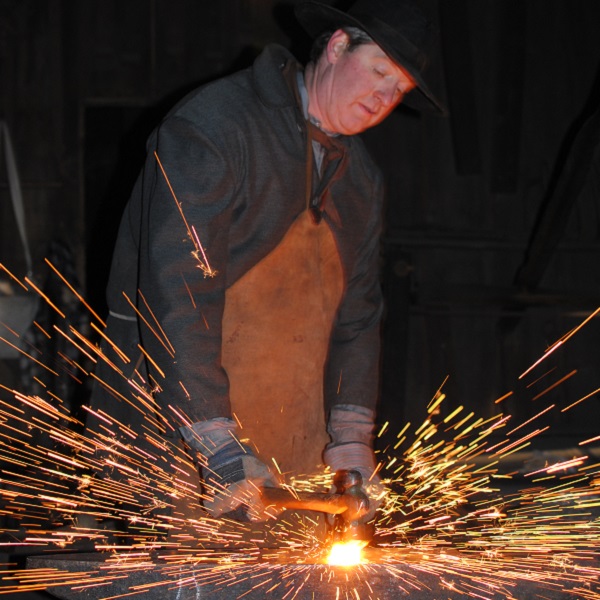
BLACKSMITH
In early 19th-century Ontario almost every small village and town had a blacksmith shop. It was often one of the first businesses in a new community.
Blacksmiths worked by heating and shaping iron and steel into items such as nails, hooks, hinges, cooking utensils, and farming tools.
By 1867, many of these smaller items were being produced in factories, so blacksmiths turned to repair work, shoeing horses, and custom orders to stay in business.
FUN FACT: Although most blacksmiths were men, one female blacksmith, Mrs. Rebecca Ash, was listed in the 1867 Toronto Business Directory!
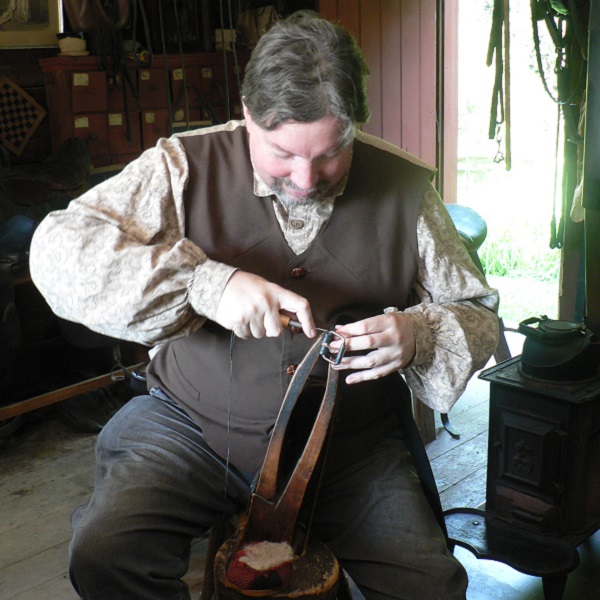
HARNESS MAKER
Harness makers and saddlers used leather to make and repair harnesses, saddles, and collars for horses. Their skills were invaluable to 19th-century communities.
In a village like Black Creek, most people would have made their living as farmers, which required horses to operate farm equipment. Horse-drawn wagons, carriages, and sleighs were important for travel.
A harness and collar were used to attach a horse to the vehicle that they were pulling. A different type of harness was needed for each.
A saddle was used for riding a horse. Using a saddle was more comfortable for both horse and rider, allowing the horse to travel greater distances faster.
A harness maker also repaired other leather items, such as trunks and bags.
FUN FACT: Clydesdale horses, like the ones we have at The Village, were a very popular breed of horse 150 years ago. They are draft horses, strong enough to pull a plow, but also beautiful animals. They would look rather majestic pulling a carriage into town!
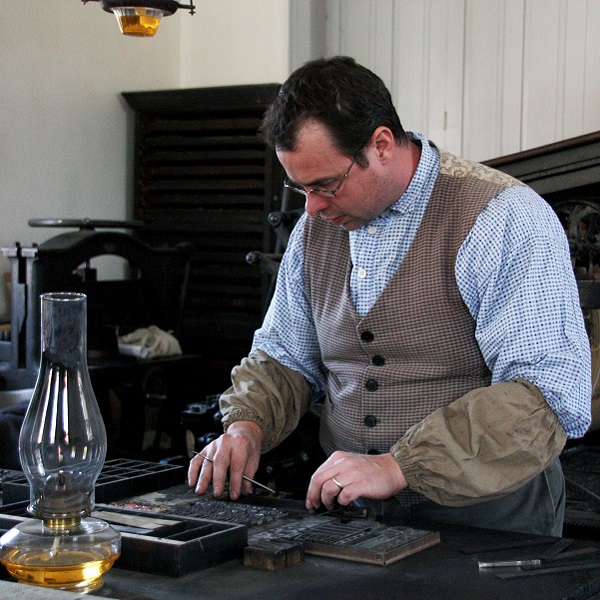
PRINTER
In 1867 the only way to get the news was to read a newspaper!
Most local newspapers in Ontario consisted of just four printed pages containing local news and announcements, articles copied from bigger newspapers, an editorial, and of course, advertisements.
In smaller areas, the printer might write and edit the articles, typeset the paper, run the printing press and sell the paper all on his own!
Although most printers were men, the 1860 census reveals that 20% of jobs in printshops were held by women.
There was a separate piece of type (like a tiny metal stamp) for each letter or punctuation mark. Every letter of every word had to be placed by hand!
The printer might also create flyers, brochures, and school textbooks. He (or she!) would take orders from the local community for small jobs such as calling cards, catalogues, store labels, and broadsides.
Printers might supplement their business by selling books, stationery, and blank document forms such as summonses or deeds. But they made their living by selling subscriptions and advertisements printed in the paper.
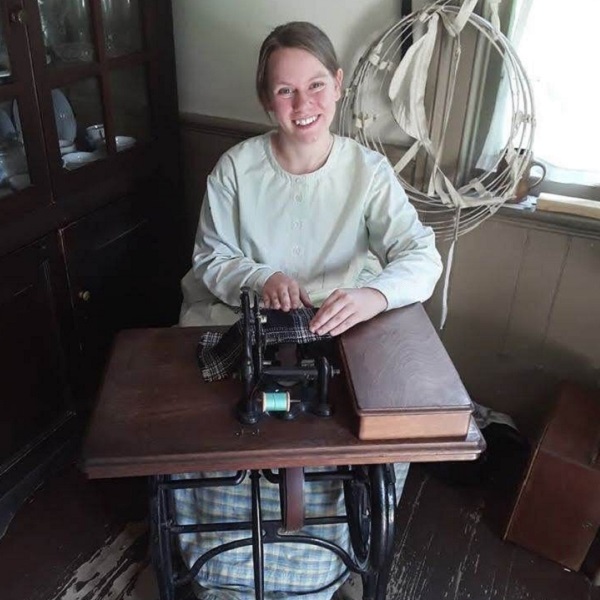
DRESSMAKER
Dressmaking was one of the few skilled trades in which women were able to participate in large numbers.
Today we buy our clothes from the store, but in the 1860s you would go shopping for the cloth! People either made their own clothes at home, or had tailors and dressmakers produce custom clothing.
A dressmaker would work with patterns from magazines, such as Godey’s Ladies Book, to make new dresses, or you could bring in an old dress that the dressmaker would alter to keep up with the latest fashions.
According to an article published in the Globe in 1868, there were 250 women employed as dressmakers in Toronto, along with 250 as hoop skirt makers, 700 as tailoresses, and another 400 as milliners (hat makers).
LEARN MORE: What did people wear in the 1860s?
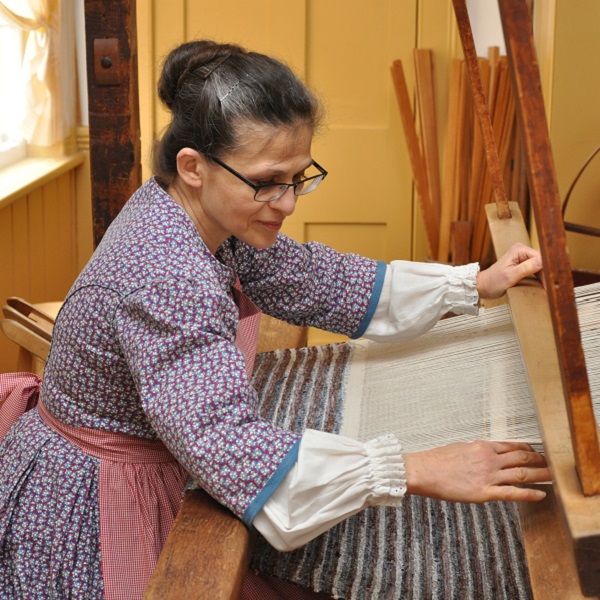
WEAVER
Weavers used wooden machines called looms to weave cotton, linen, or wool thread together to make cloth. The cloth could be made into clothes, bedsheets, and blankets.
As textile mills and factories started producing finer fabric at a lower cost, weavers focused on custom work such as making rugs and coverlets. A weaver would offer cash for good clean rags of linen or cotton to be used to make rag rugs (pictured above).
The Weaver’s Shop at The Village at Black Creek has a Barn loom for simple items like rag rugs, and a Flying shuttle loom to make more decorative items like patterned overshot blankets.
FUN FACT: The 1851 census indicates that many Scottish immigrants made their living as professional weavers.
TRY THIS AT HOME: Create your own loom out of cardboard to make a woven bookmark!
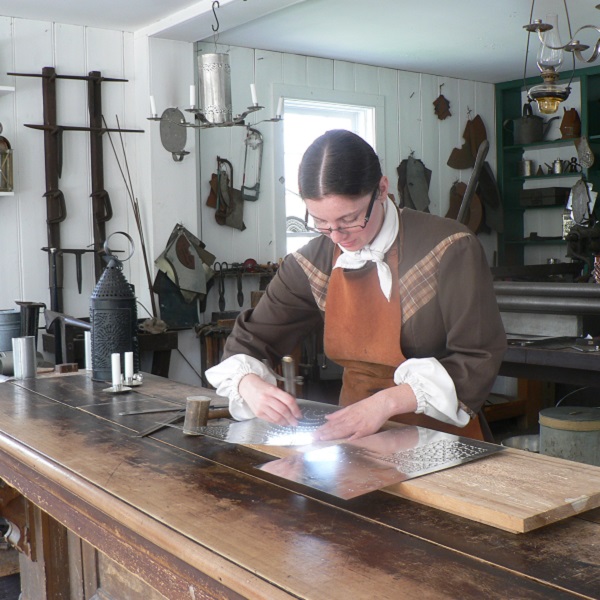
TINSMITH
A tinsmith worked with tin and sometimes other materials such as copper to produce a wide variety of household goods, including lanterns, candle holders, utensils, and buckets — just to name a few!
In the early 1800s many tinsmiths would travel from community to community selling their goods. As villages became established, they would set up a shop.
As with the blacksmith, over the course of the 19th century much of the tinsmith’s work turned to the repair of items such as stove pipes and other household goods.
FUN FACT: At one time the Tinsmith Shop at The Village at Black Creek was a hardware store. Many tinsmiths went into the hardware business as the need for handmade tin items declined.
MATCH THE TOOL TO THE TRADE
Printer • Harness Maker • Blacksmith • Weaver • Tinsmith • Dressmaker
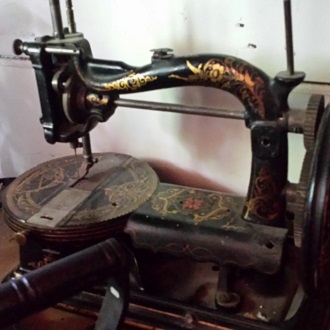
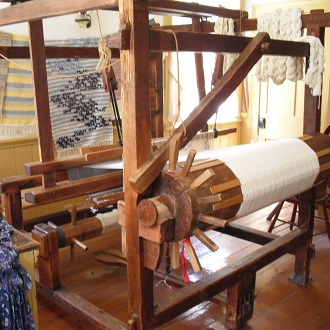
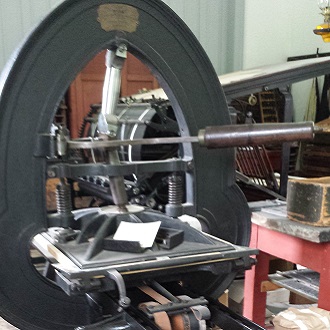
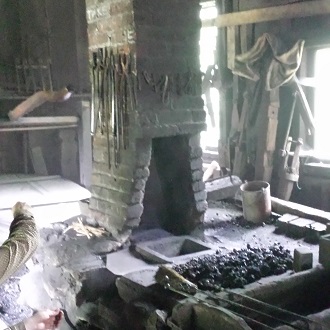
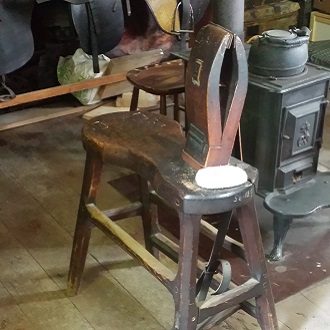
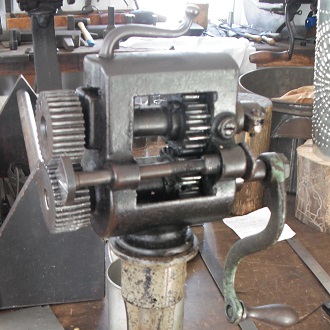
Highlight the text box to reveal the answers!
FOR TEACHERS: CURRICULUM LINKS
Social Studies: Heritage and Identity
- Changing Family and Community Traditions (Grade 2)
- Communities in Canada, 1780-1850 (Grade 3)
- Communities in Canada, Past and Present (Grade 6)
History
- Creating Canada, 1850-1890 (Grade 8)
 |
Lesson Topic: Immigrating to Canada
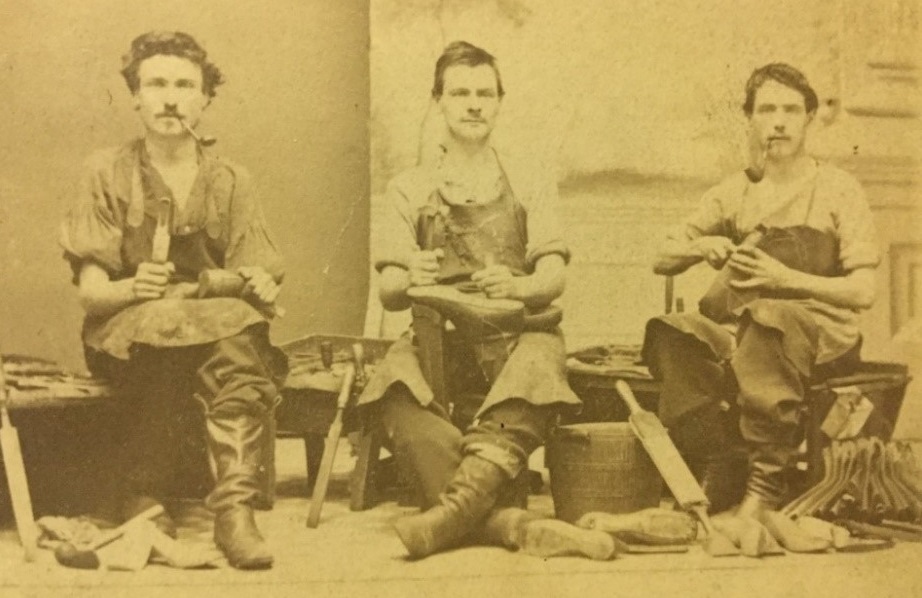
The shoemaker pictured above on the far left is James Beatty. Many of the tools he used to make and repair shoes are currently on display in the Boot & Shoe Shop at The Village at Black Creek.
Throughout the 19th century, immigrants from England, Ireland, Scotland, Germany, and the United States journeyed long distances in hopes of starting a new life in Canada.
They travelled by ship, in wagons, along roads that were little more than paths through the forest, and even by foot.
Today, many people from all over the world have chosen to make Canada their home. Explore the questions below and compare the experiences of new Canadians today with those in the past.
For more information on immigration in the 1800s, check out the story of the Flynn family.
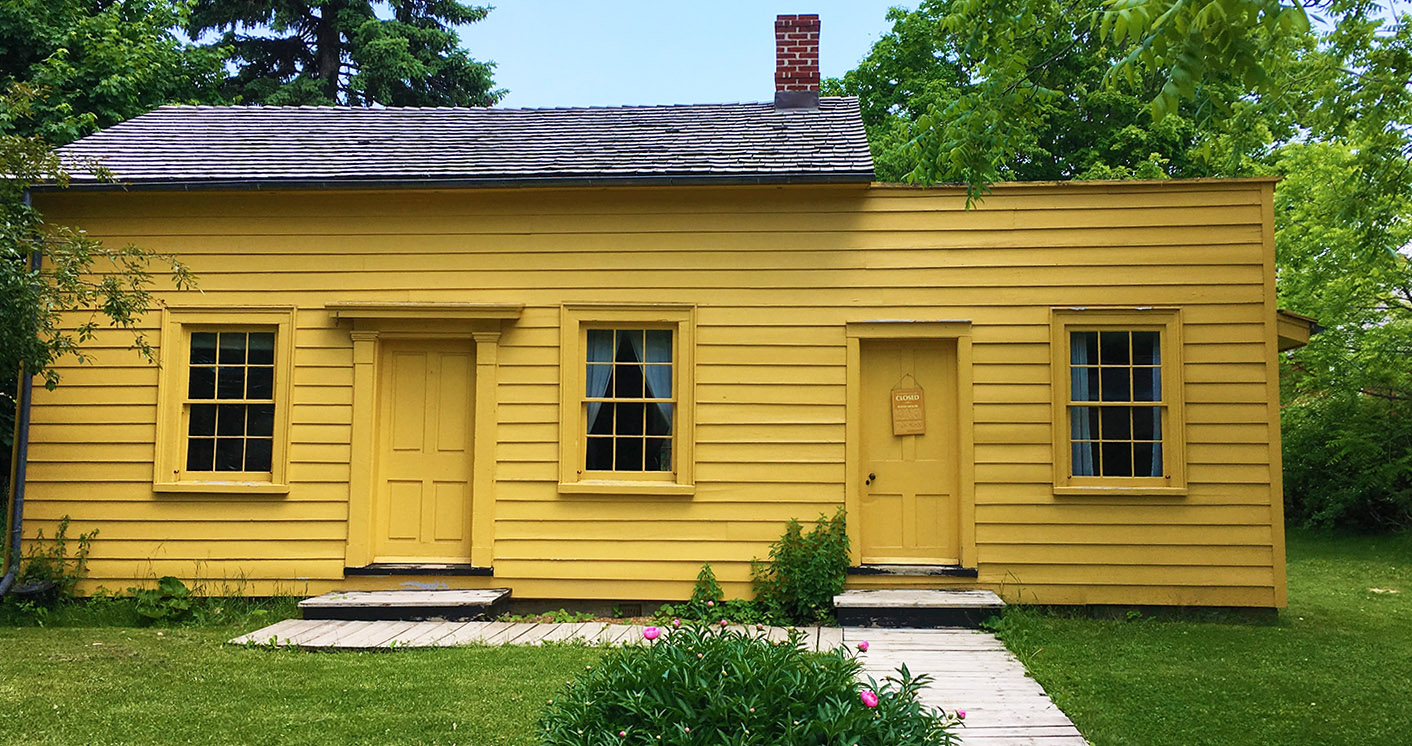
QUESTIONS
Virtually interview a relative, friend, or neighbour who has immigrated to Canada. Ask them the following questions:
- How did you travel to Canada?
- Did you come alone or with family?
- Where did you travel from?
- What were your reasons for coming to Canada?
- What do you miss most about your homeland?
- What do you like the most about Canada?
- What possessions were you able to bring with you?
WHAT SHOULD YOU BRING?
It is 1855. Imagine you are packing a trunk to come to Canada. You can only fit FIVE necessary items, plus ONE extra luxury item. Select the items from the following list, and explain why you chose each.
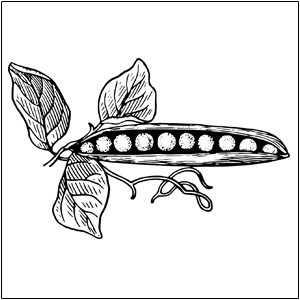
SEEDS
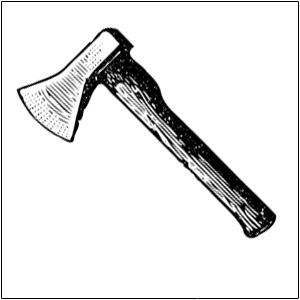
AXE
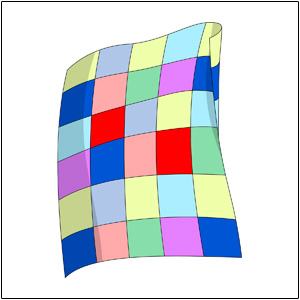
BLANKETS
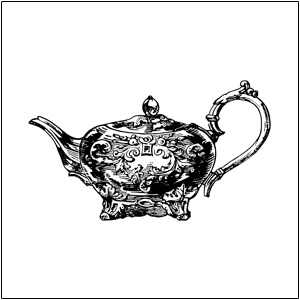
CHINA TEA SET
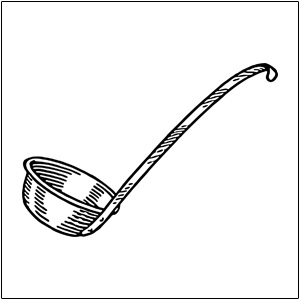
COOKING UTENSILS
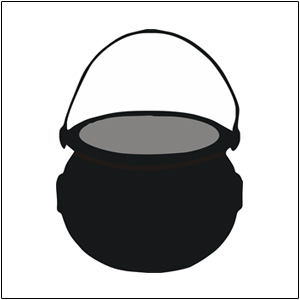
POTS
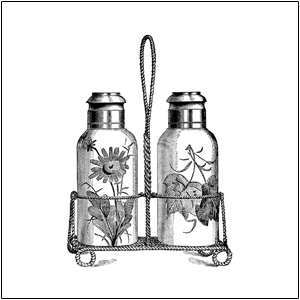
SPICES
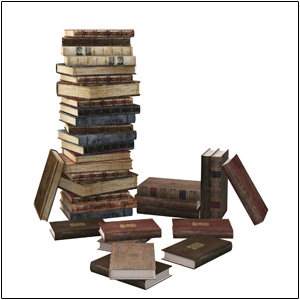
BOOKS
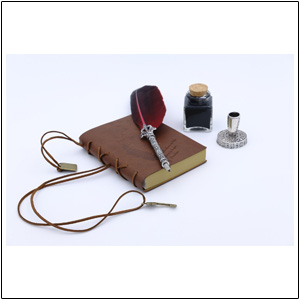
PEN AND PAPER
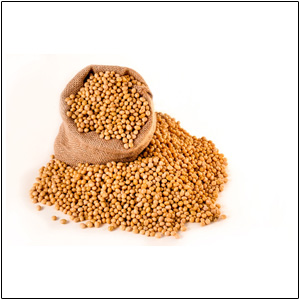
DRY GOODS
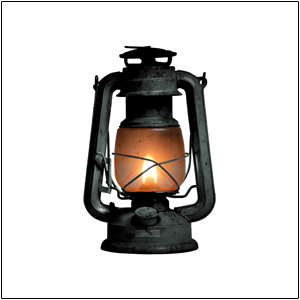
LANTERN
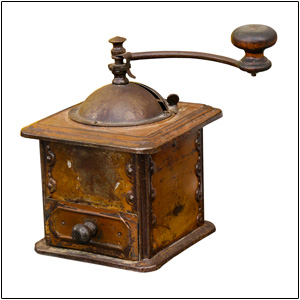
COFFEE AND TEA
FOR TEACHERS: CURRICULUM LINKS
Social Studies: Heritage and Identity
- Changing Family and Community Traditions (Grade 2)
- Communities in Canada, 1780-1850 (Grade 3)
- Communities in Canada, Past and Present (Grade 6)
History
- Creating Canada, 1850-1890 (Grade 8)
 |
Lesson Topic: 19th Century Baking
Mrs. Beeton’s Book of Household Management was a very popular recipe book that was first published in 1861 — almost 160 years ago!
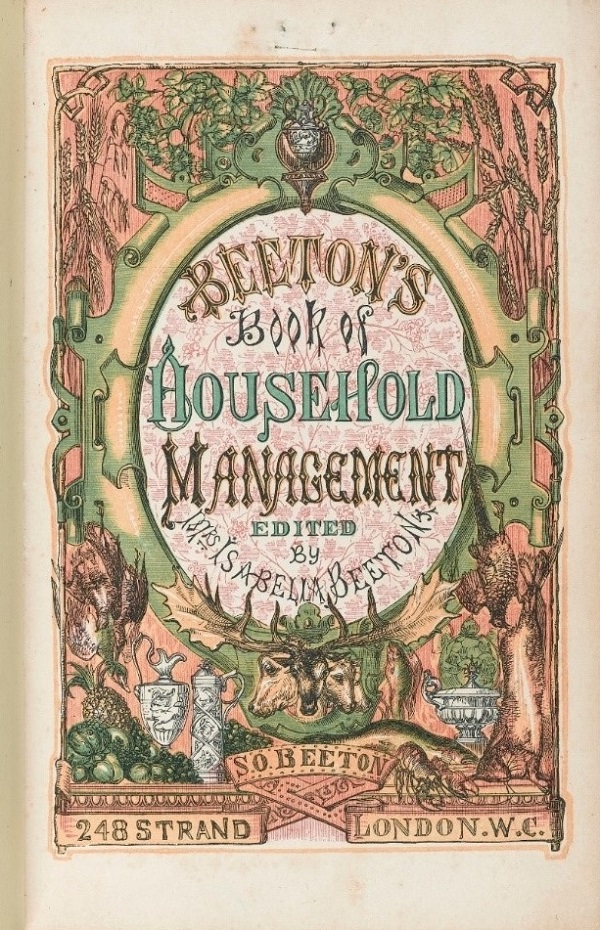
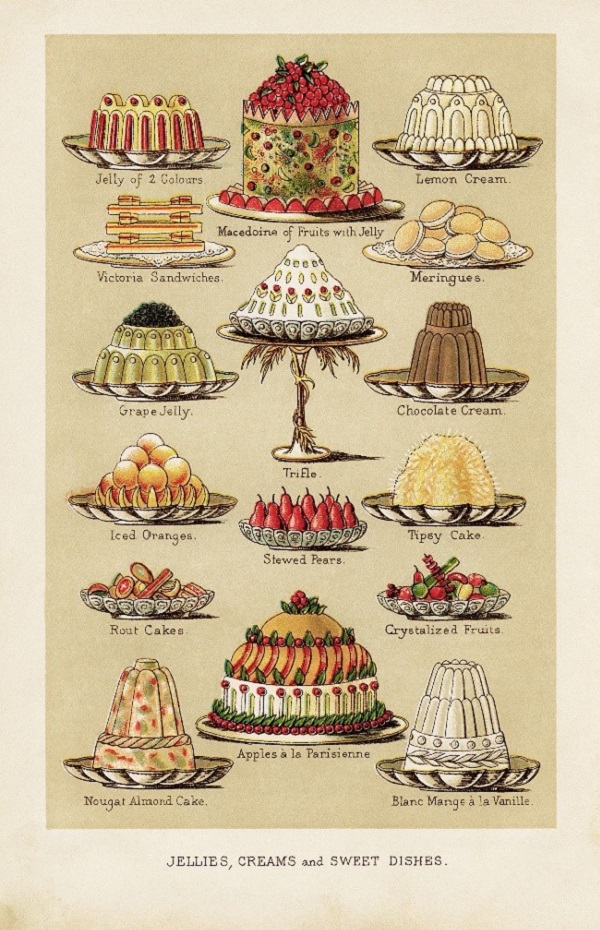
Check out these delicious recipes from the book, then complete the questions and activity below.
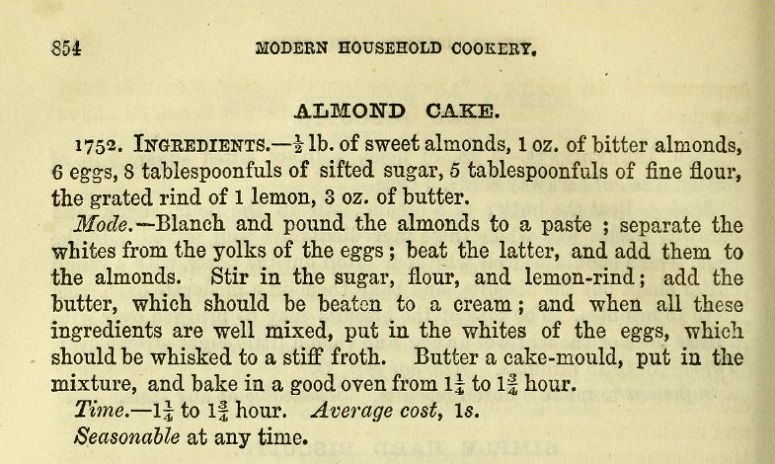
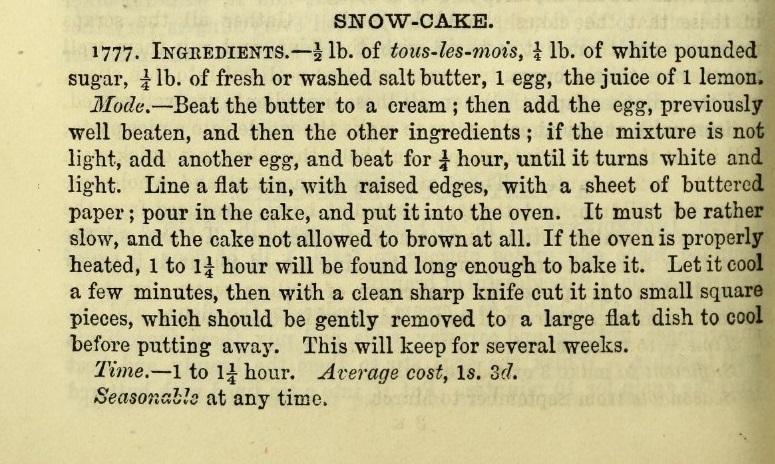
ONLINE LEARNING QUESTIONS
- What instructions are missing from these recipes that you might need?
- What words are you not familiar with? Write these words down and look up what they mean.
- Examine the list of ingredients in each historic recipe.
- How do you think people of the past obtained these ingredients?
- How is it the same or different today?
ACTIVITY
Now let’s try some baking at home! Choose your favourite recipe from the selection below and try it out (with an adult’s help).
Don’t worry, these ones are easy. We bake them with kids just like you in our Many Hands program at The Village!
Bottom of the Cupboard Cookies
Pre-heat oven to 350 F
Cream together:
½ cup of vegetable shortening
½ cup brown sugar
Then add:
1 ¼ cups of flour
¼ tsp salt
¼ cup of hot water
Possible additions:
1 tsp cinnamon, 1 tsp ginger, ¼ tsp nutmeg, ½ cup currants, or a chopped-up apple
Instructions:
Using a teaspoon drop batter into greased cookie tray and bake for about 20 minutes.
Rhubarb, Apple or Pumpkin Cake*
*Use whichever is in season.
Pre-heat oven to 350 F
Cream together:
¾ cup brown sugar
½ cup of butter
1 beaten egg
In separate bowl mix:
½ tsp baking soda
2 tsp baking powder
Pinch of salt
2 cups of flour
1 cup of chopped fruit
Measure:
1 cup of buttermilk
Topping:
Mix ¼ cup brown sugar with ¼ tsp cinnamon and sprinkle on top of batter in cake pan.
Instructions:
Mix dry ingredients into the wet ingredients. Add 1 cup of buttermilk and pour into a greased pan..
Sprinkle on topping and bake for about 25 minutes or test by pressing into the center gently and if it bounces back then it is done.
MORE QUESTIONS
- Once you are done baking, list the tools you have available to you that the early settlers did not.
- How are these modern recipes different from Mrs. Beeton’s recipes?
FOR TEACHERS: CURRICULUM LINKS
Social Studies: Heritage and Identity
- Changing Family and Community Traditions (Grade 2)
- Communities in Canada, 1780-1850 (Grade 3)
- Communities in Canada, Past and Present (Grade 6)
History
- Creating Canada, 1850-1890 (Grade 8)
Language
- (Grades 2-8)
 |
Lesson Topic: Making a Difference
The different communities in early-nineteenth century Canada influence the way we live today. People throughout Canada’s history have made valuable contributions so that the communities we live in can be better for everyone.
It takes a special kind of person to make a difference. Let us learn about how one incredible Canadian took this idea to heart — all the way back in the 1850s!
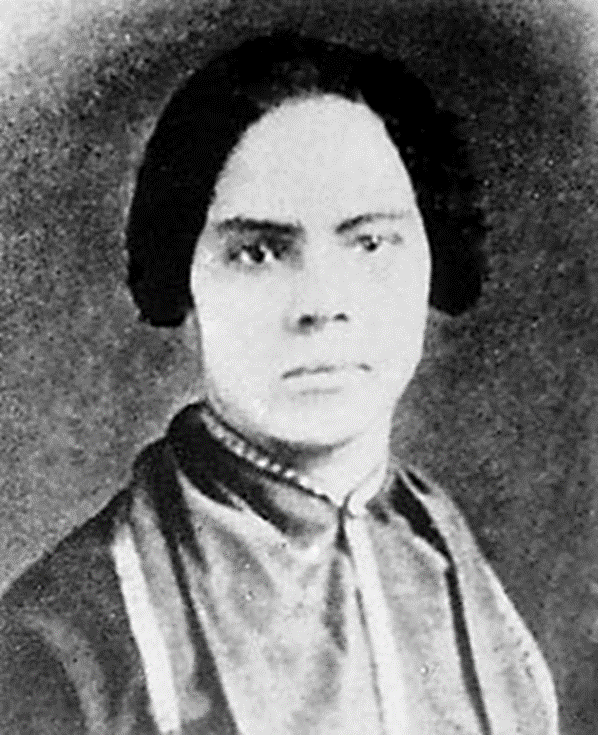
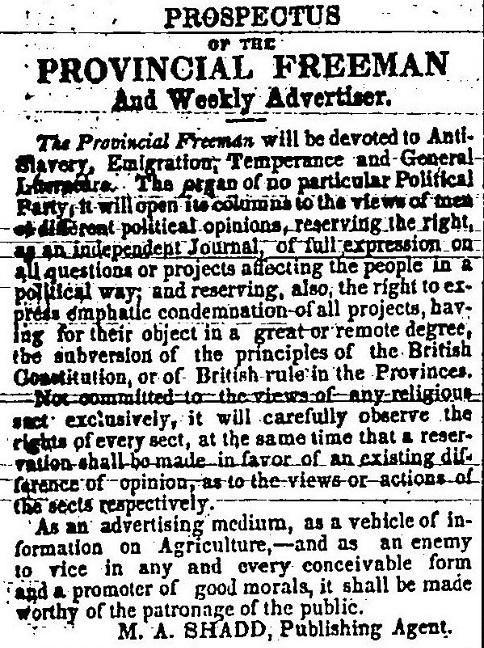
Mary Ann Shadd (above left) was born in 1823 in the United States, where millions of African Americans were being held as slaves.
She moved to Canada in 1850, where slavery had already been abolished, and immediately set to work on making a difference!
In 1853, Mary Ann Shadd became the first black woman in North America to start her own newspaper.
She ran the Provincial Freeman (above right) out of Toronto and other Ontario towns. She made the decision to use her power of writing for good, letting her readers know about the unfair treatment of Black people and providing hope for change!
Mary Ann Shadd wasn’t just a journalist. She was also a teacher and a lawyer who fought for the rights of women and Black people!
FURTHER LEARNING
Watch Remembering My Roots for more information on Mary Ann Shadd.
Watch this video to learn how printing was done in the 1800s in a village like Black Creek.
ONLINE LEARNING QUESTIONS
Use the internet to find information about three other black Canadians who worked hard to make a difference in their community. Check out our suggestions.
- Who were they?
- What challenges did they face?
- How did they respond to their challenges?
- Why do you think each is important?
- What special skill do you have that you could use to make a difference in your community?
Looking for a place to start? Here are some notable 19th century black Canadians to inspire your search:
| WILLIAM PEYTON HUBBARD William Peyton Hubbard was born in Toronto in 1842 to escaped slaves from Virginia. After working as George Brown’s personal driver, Hubbard became one of the first black elected officials in Canada, serving as a Toronto city councillor on and off between 1894 and 1913. He remains the only black Toronto politician to be elected by a city-wide poll, having served as Vice-Chairman of the Toronto Board of Control in 1906. At the time of his death in 1935, Hubbard was the oldest man in Toronto at 93. |
| ALBERT JACKSON Albert Jackson was the first black letter carrier in Canada. Escaping slavery in the U.S., Albert’s family came to Canada in 1858. Roughly 20 years later, Albert was hired as a letter carrier in Toronto, only to face extreme discrimination from his co-workers. When his job was threatened, the black community rallied around, and got Prime Minister John A. Macdonald involved. Albert kept his job, and would dedicate more than three decades of service to the postal system. |
| BENJAMIN H. ROLLING Benjamin H. Rolling ran a general store in Laskay, Ontario from the late 1860s until 1897. (His competition was none other than Black Creek’s own Laskay Emporium!) Rolling was a respected member of his predominantly white community — so much so that when postmaster Henry Baldwin died in 1884, Rolling was asked to take over his role, becoming one of the first black postmasters in Canada. |
| SUSANNAH MAXWELL Susannah Maxwell was born to free black parents in Pennsylvania. By 1858, she and her family had moved to Toronto, and then to Richmond Hill, Ontario. Susanna’s husband, Henry, soon died. Susannah worked as a laundress to survive, eventually opening her own laundry business with her daughters. Susannah was an active member of the Presbyterian Church in Richmond Hill; it is likely that she spent time in the church’s Manse, which was moved to The Village at Black Creek in 1977. When Susannah died, she was the oldest person in Canada, at 117 years old. Read more about Susannah. |
| DR. ANDERSON RUFFIN ABBOT Born in Toronto in 1837, Dr. Abbot was the first Canadian-born black physician. He participated in the American Civil War as a civilian surgeon. Dr. Abbot met and befriended Abraham Lincoln, and was one of the attending physicians at his death. In 1871 he married and moved to Chatham, Ontario, where he fought against racially segregated schools. Dr. Abbot worked as a coroner and surgeon, and wrote frequently for journals and magazines. He died in 1913, and was buried in Toronto’s Necropolis Cemetery. |
FOR TEACHERS: CURRICULUM LINKS
Social Studies: Heritage and Identity
- Communities in Canada, 1780-1850 (Grade 3)
- Communities in Canada, Past and Present (Grade 6)
History
- Creating Canada, 1850-1890 (Grade 8)
 |
Lesson Topic: 1860s Clothing
Have you ever seen old pictures of your parents and wondered why their hair and clothing looks so silly? Fashion changes over time! And the 1860s was a LONG time ago!
Take a close look at these photographs of people in the 1860s and answer the reflection questions at the end!
You can select each image to view it full-sized.
ONLINE LEARNING QUESTIONS
- List three ways people dressed differently in the 1860s than today.
- List three ways they dressed similarly to today.
- How did adult and children’s clothing differ in the 1860s?
- Would you like to dress this way? Why or why not?
BONUS QUESTION!
People wore a lot of layers in the 1860s. Can you guess the correct order these items would go 1n?
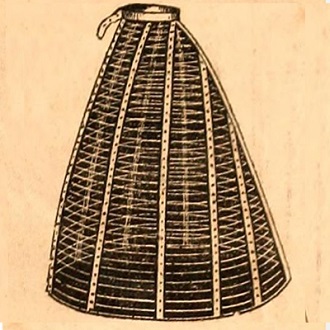
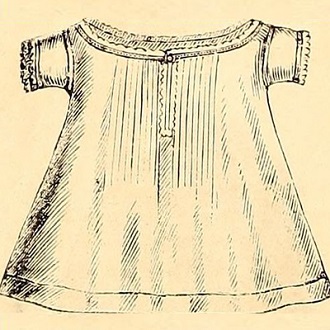
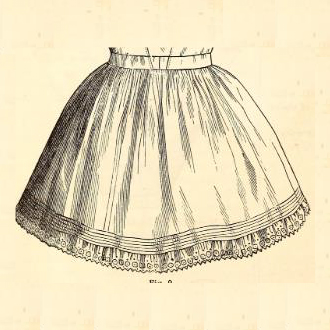
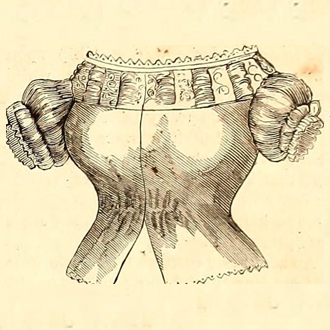
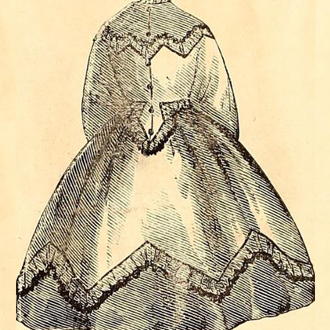
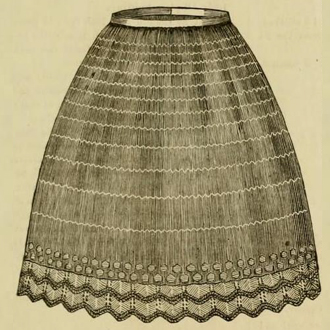
Highlight the text box to reveal the answer!
GO DEEPER
Explore the history of sports fashion through our online exhibit.
FOR TEACHERS: CURRICULUM LINKS
Social Studies: Heritage and Identity
- Changing Family and Community Traditions (Grade 2)
- Communities in Canada, 1780-1850 (Grade 3)

